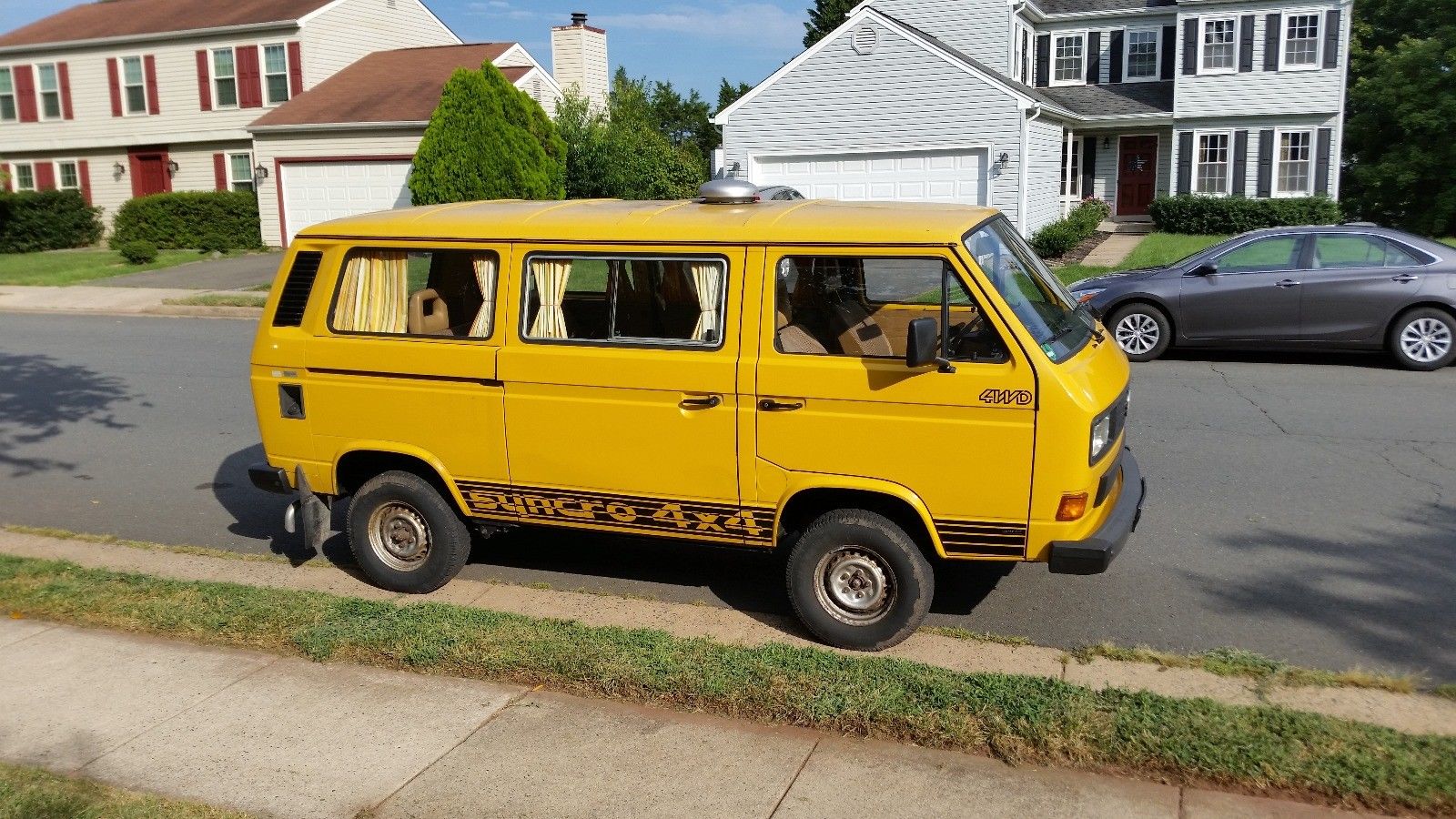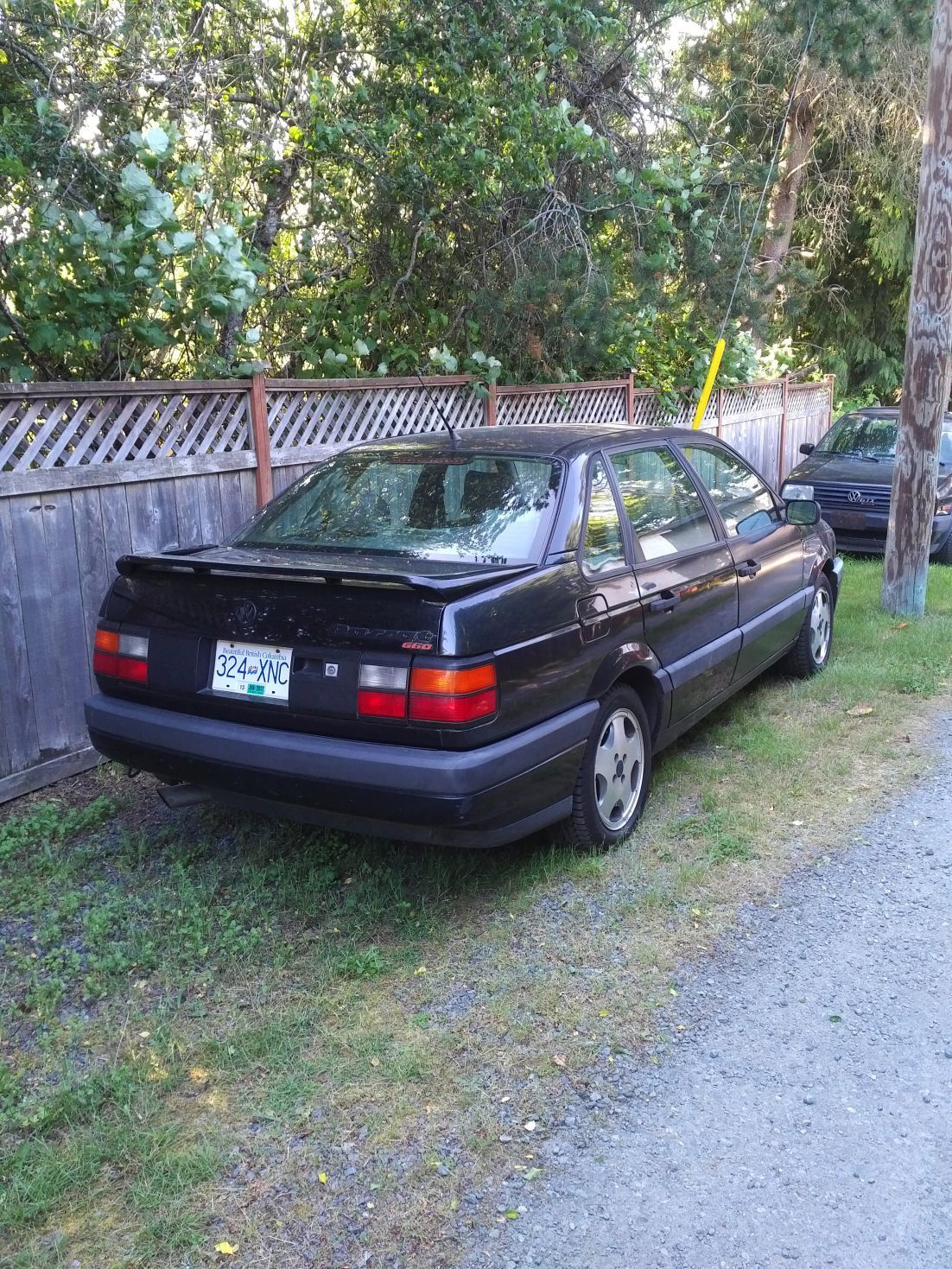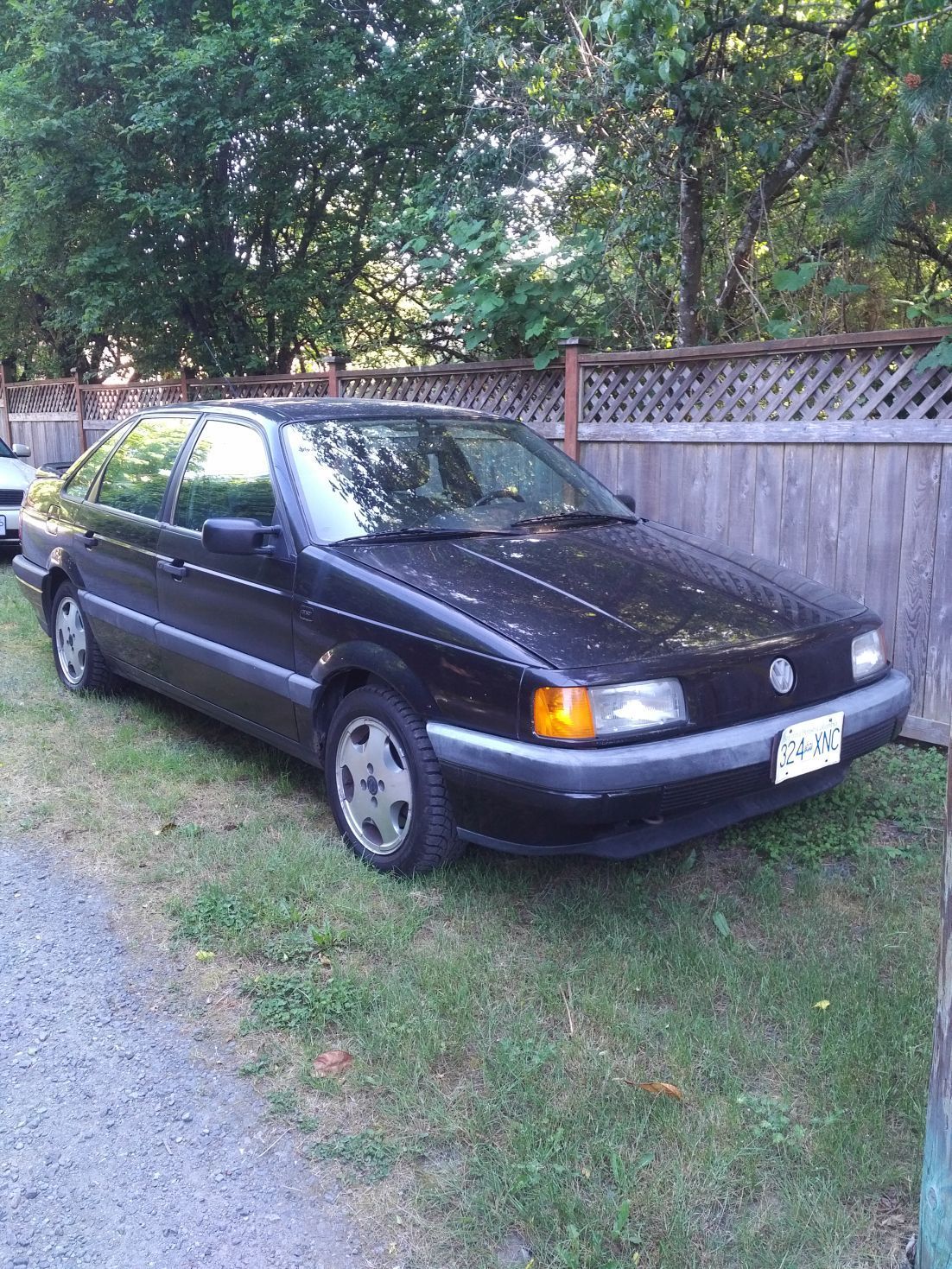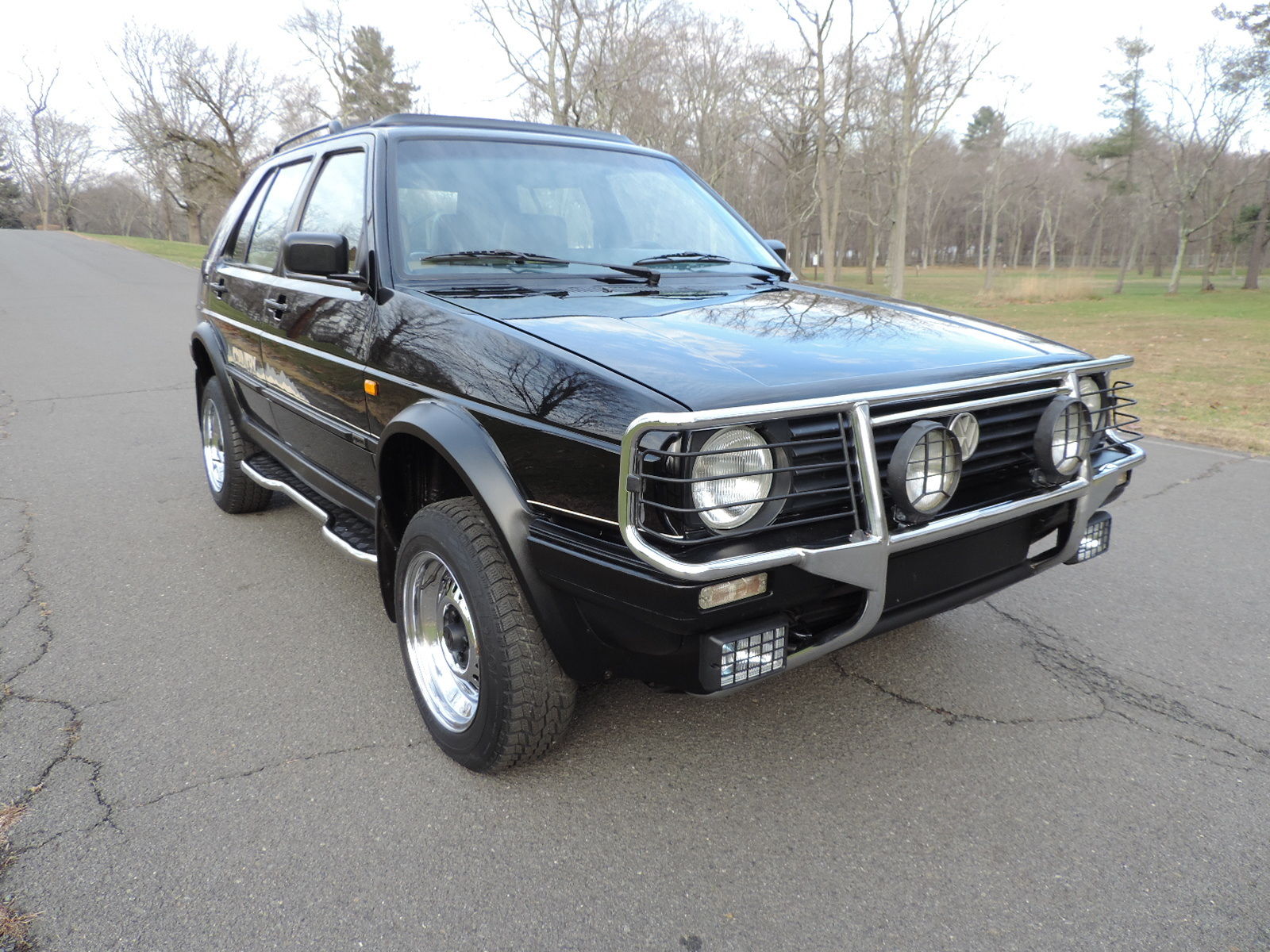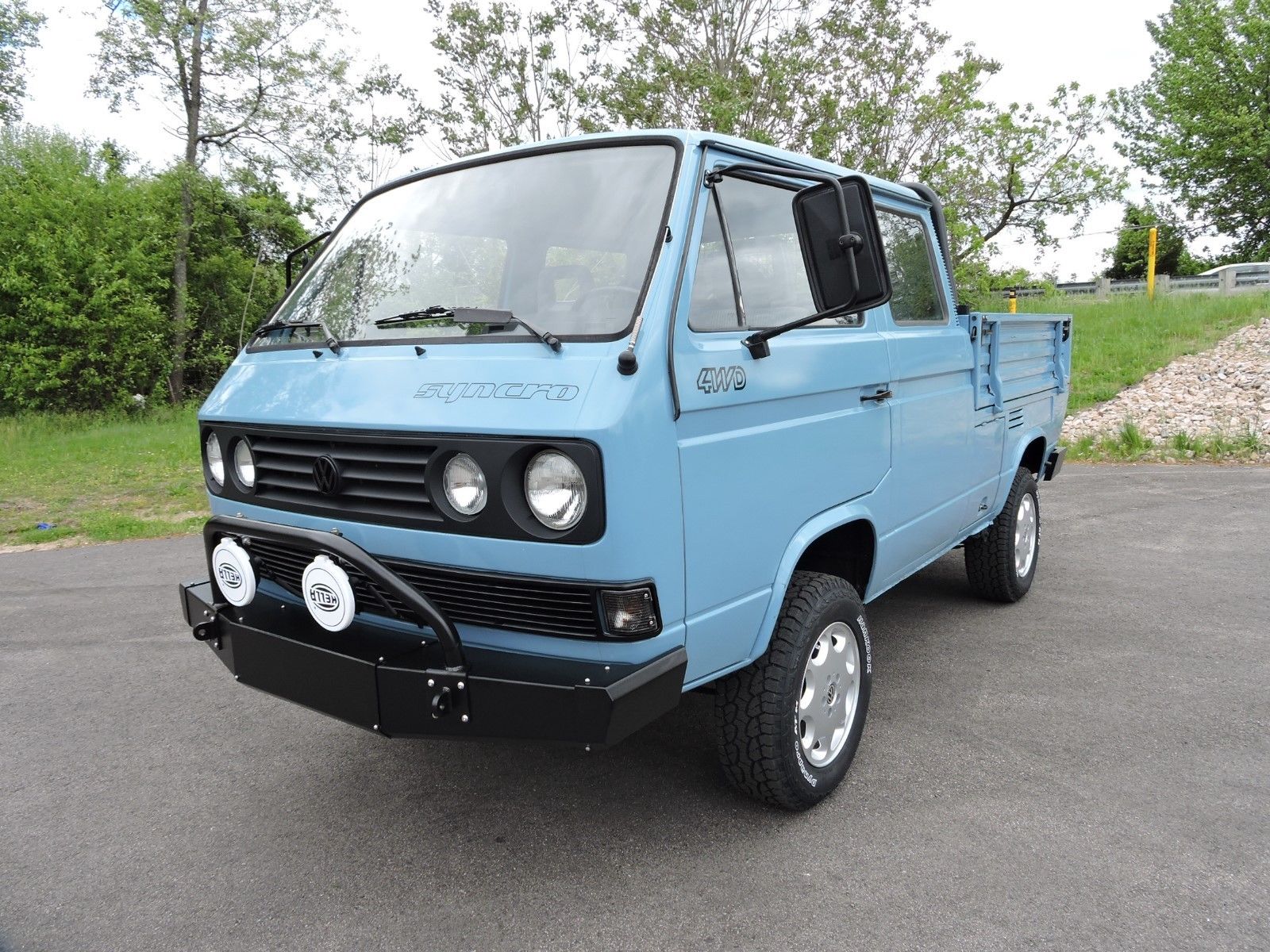As we saw in last week’s Quantum (née Passat), underneath the Volkswagen was almost all B2 Audi. They had borrowed Audi’s full quattro setup in the Syncro model until 1988. That was the same year that the G60 supercharged engine had debuted in the Golf in Europe, but it wouldn’t be until late 1989 and the new Corrado model’s introduction that the G-Lader would become better known on these shores.
The PG G-Lader devoted to the Rallye, G60 and third generation Passat Syncro wasn’t the most powerful unit VW of the time period at 158 horsepower and 166 lb.ft of torque (the 3G 16V version in the Golf Limited had 50 horsepower more), but the combination of these items seemed awesome at the time to U.S. fans because, of course, in the midst of VAG’s early 90s sales slump they opted not to bring the package here. Like the Corrado, based on Mk.2 underpinnings the Passat’s engine configuration had moved from longitudinal in the B2 to transverse in the third gen, meaning that Audi’s quattro system remained unique to that brand. The Golf’s transverse engine placement precluded use of the Audi longitudinal design, which used output shafts and mechanical differentials. Instead, Volkswagen turned to Austrian company Steyr-Daimler-Puch for development.
Noted for development of four-wheel-drive systems and probably most recognizable for the Pinzgauer military vehicle, Steyr’s solution to the transverse problem was to utilize a viscous coupling similar to the AMC Eagle. However, while the Eagle’s system was all-wheel drive, all the time, Volkswagen’s system would only engage when the front wheels slipped. The Passat added new electronic features to the range topper, too – including anti-lock brakes and an electronic differential lock, and the new shape dropped the drag coefficient to .31.
The best part about the G60 Passat, though? You could get one in wagon form:


